 Intelligent Design
Intelligent Design
How Illustra Got Those Amazing Aerial Shots in Living Waters
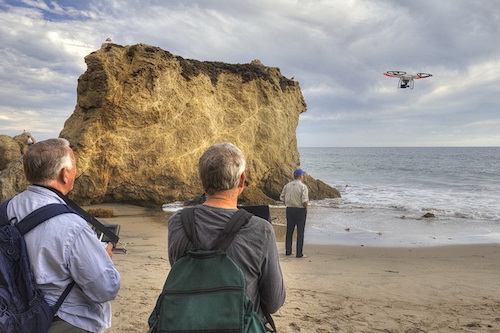
Viewers of the new Illustra documentary Living Waters: Intelligent Design in the Oceans of the Earth are treated to stunning overhead shots of whales, dolphins, and salmon. Two recent technologies have made that possible: small lightweight HD video cameras, like the GoPro, and remote-controlled unmanned aerial vehicles (UAVs), aka drones. Small, light, and relatively cheap, these technologies are revolutionizing moviemaking, opening up a new era of aerial cinema.
Captain Dave Anderson, featured in the film, is a drone enthusiast. He used his personal drone for the outstanding “dolphin stampede” shots near Dana Point that have received over 11 million views on YouTube and were featured by National Geographic. In Hawaii, he took the incredible overhead shots of a humpback whale and calf.
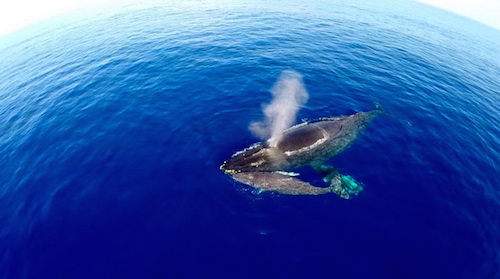
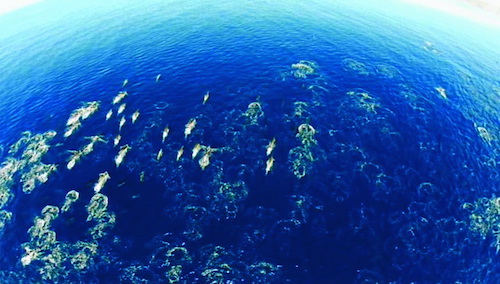
In preparation for the film, producer Lad Allen and editor Jerry Harned obtained a Phantom II Quadcopter with a GoPro camera to shoot scenes of salmon in Canada. This allowed them to obtain unique angles that would have been too difficult (and noisy and expensive) from a helicopter. Despite one mishap that required replacing the device (fortunately, it was insured), they succeeded in bringing home incredible shots flying over rivers and seeing a million salmon congregated at the mouth of the Adams River.
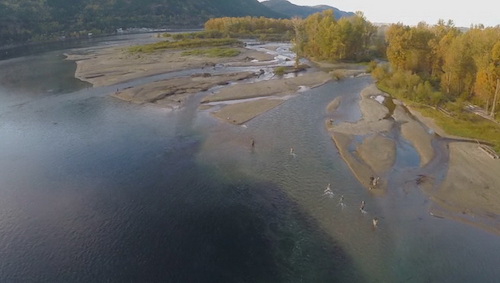
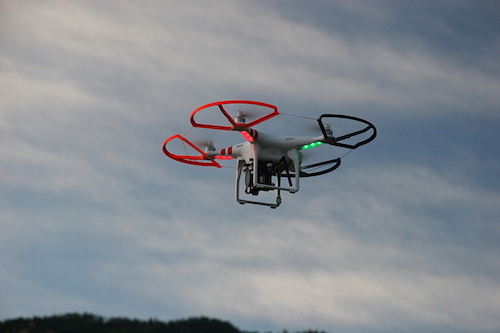
After watching the drone in action, their associate cinematographer Dennis Burkhart from Portland was so impressed, he went and bought his own drone. He submitted some of his work for the film, including the beautiful shot at the mouth of the Fraser River. In all, Illustra had three drone pilots contributing to the production.
The film begins and ends with shots of Discovery Institute’s Paul Nelson on the beach looking out over the Pacific Ocean. As you watch these scenes, picture Lad Allen giving directions while Jerry Harned intently manages the remote control buttons with both hands. The operator needs to take thought of the elevation, azimuth, and angle at all times. The result is a seagull’s-eye view of coming down to land behind Paul, or rising up while he walks up the beach. The result is a heretofore impossible shot — smooth as silk.
“One of our primary objectives is to produce documentaries with the production values of National Geographic and the BBC,” says Illustra producer Lad Allen. “We’re constantly looking for ways to enhance the quality of our photography because we believe that the way our films look influences the public’s perception of the credibility of their content. Drone aerial photography is a big step towards achieving this objective.”
